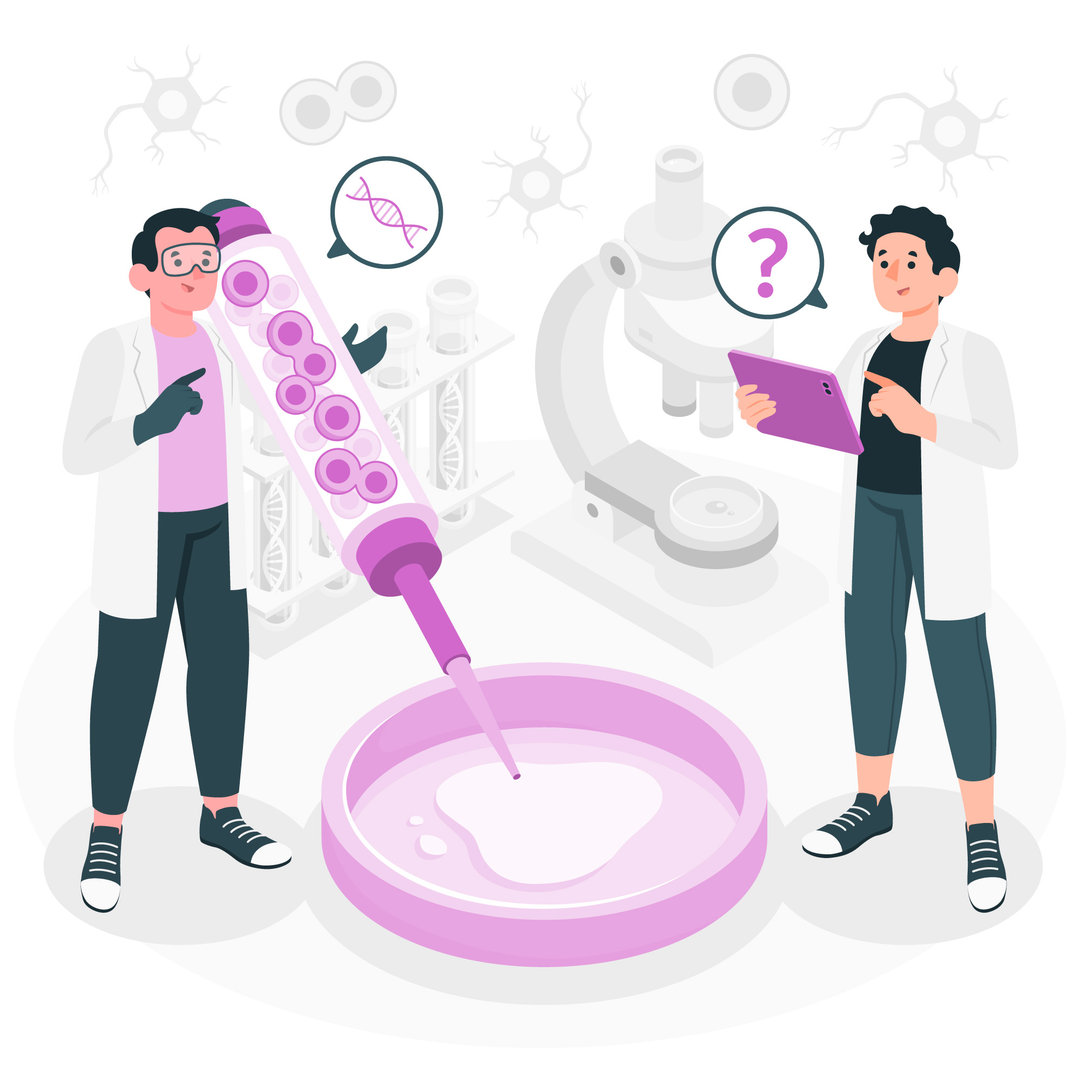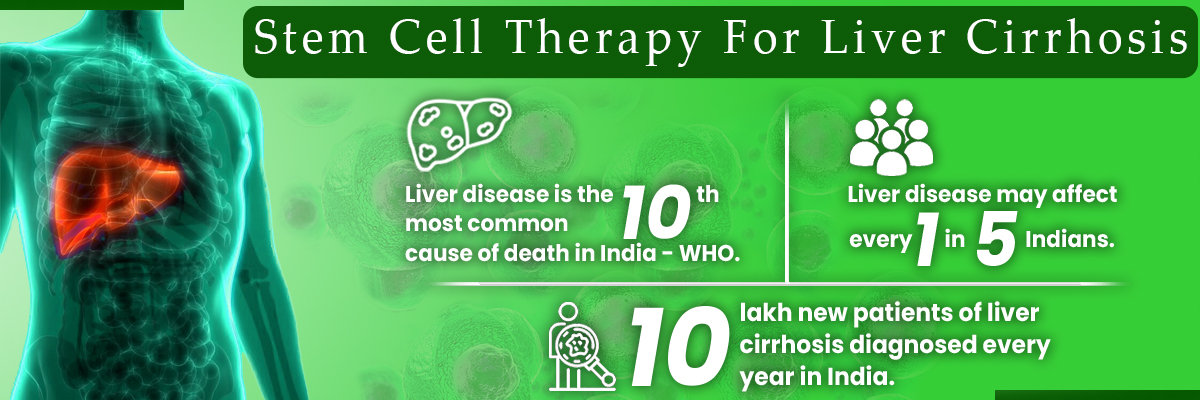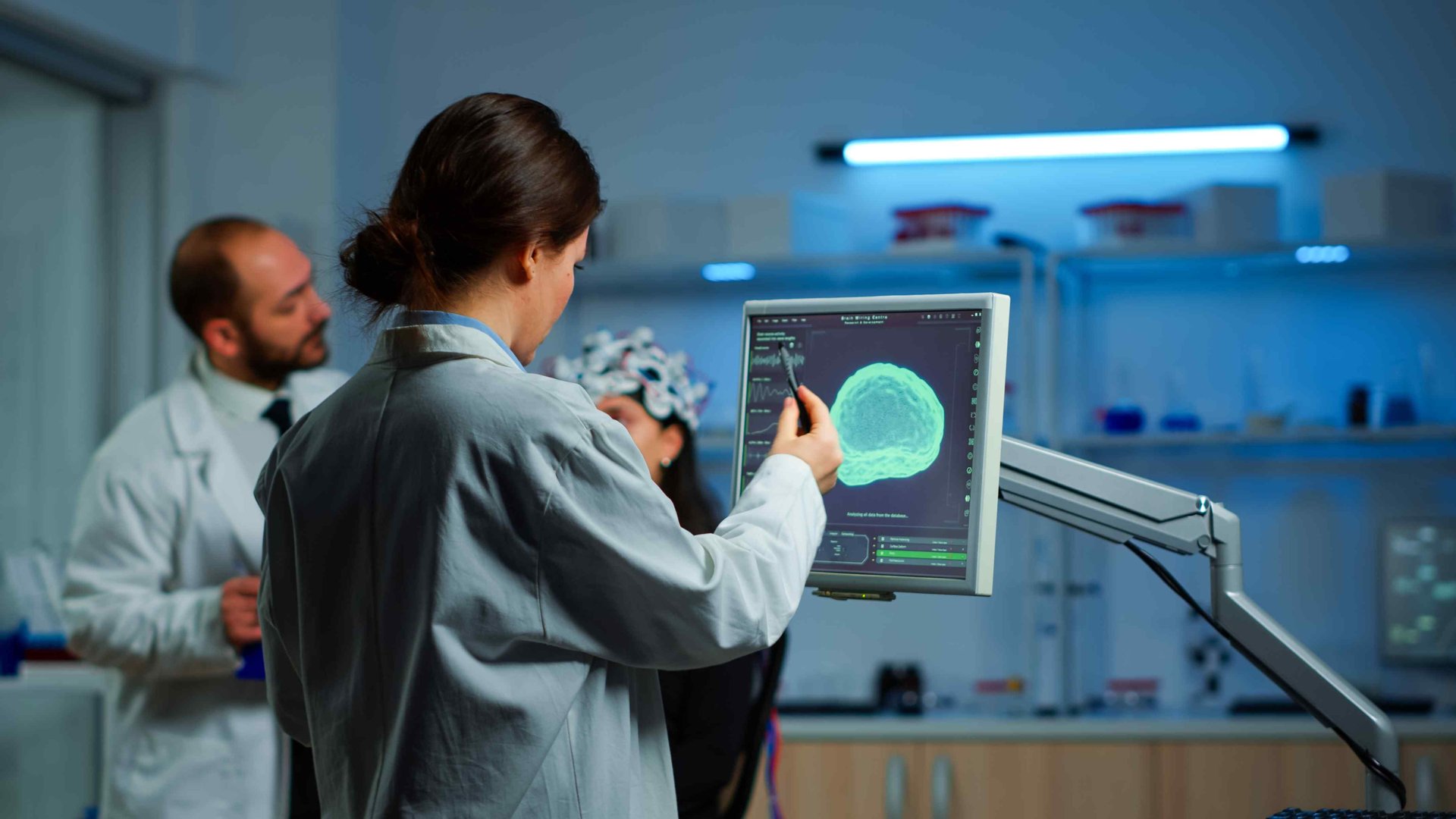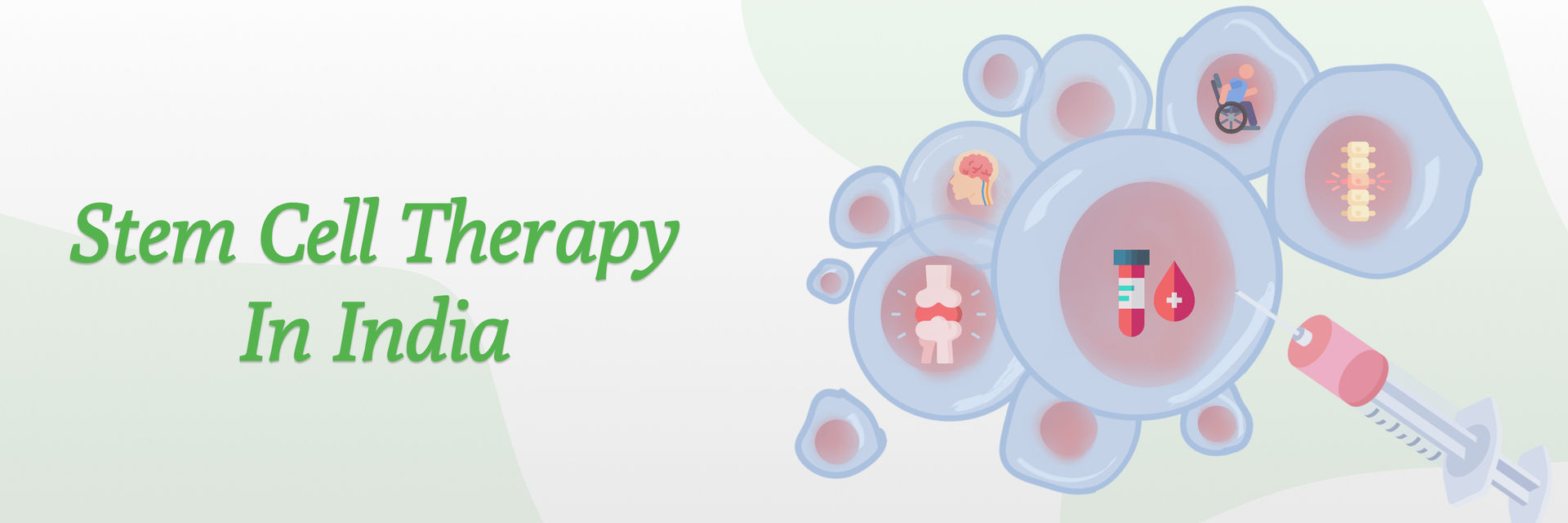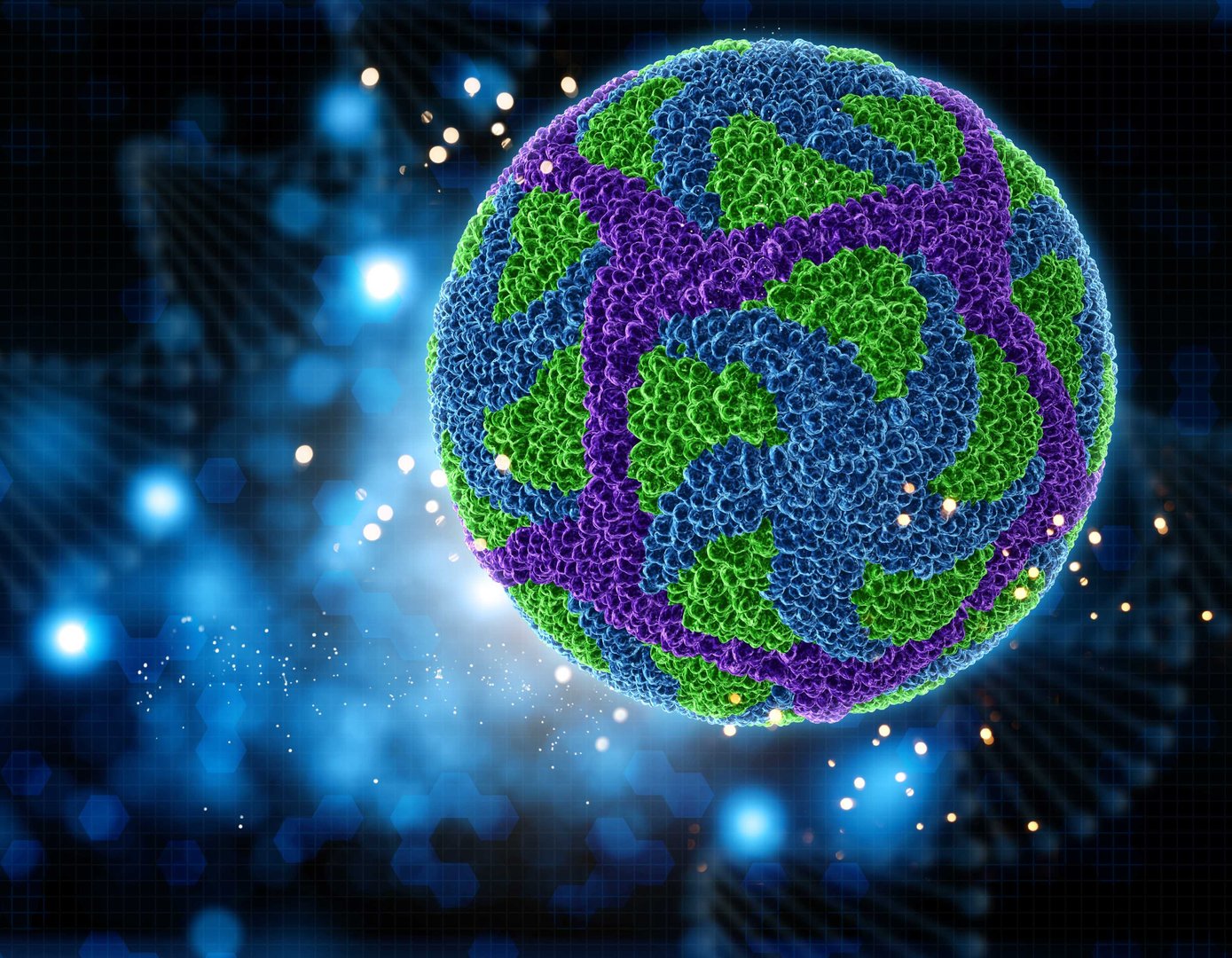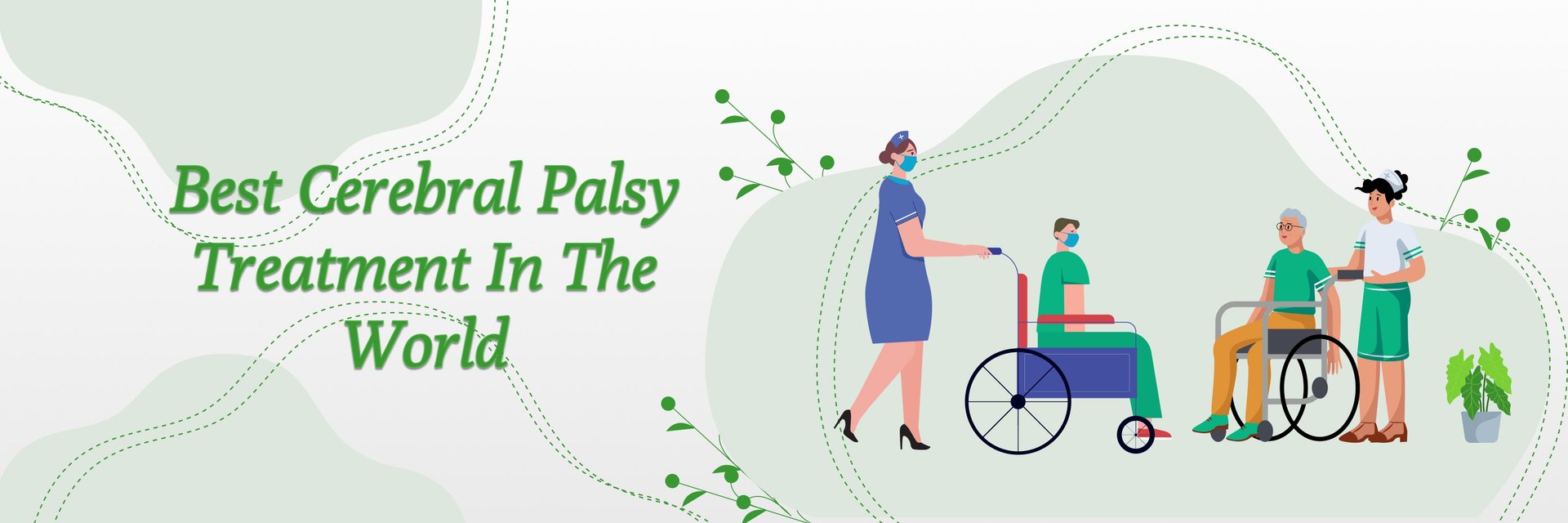Overview:
Rotator cuff injuries are prevalent, especially among athletes and individuals engaged in repetitive shoulder movements. Traditional treatments often involve invasive surgeries with extended recovery periods. However, advancements in regenerative medicine have introduced stem cell therapy as a promising alternative, aiming to harness the body's natural healing capabilities. Book online doctor consultation with top doctors in the city in minutes on our platforms.
Understanding the Rotator Cuff
The rotator cuff comprises four muscles and their associated tendons that stabilize the shoulder joint and facilitate a wide range of motion. Injuries to this area can result in significant pain, reduced mobility, and a decline in the quality of life.
Surgical interventions for rotator cuff tears, particularly massive ones, have shown varying success rates. Studies indicate that retear rates can range from 20% in younger patients with minor tears to as high as 94% in older patients with major tears . These statistics underscore the need for alternative treatments that offer better outcomes with fewer complications.
Discover Better Solutions for Rotator Cuff Injuries - Contact us today to schedule a consultation and explore personalized treatment options that fit your needs.
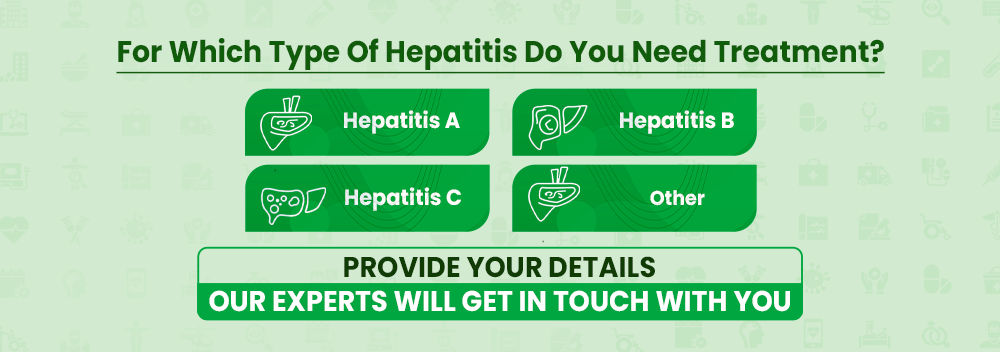
Stem Cell Therapy for Rotator Cuff
Stem cell therapy involves harvesting mesenchymal stem cells (MSCs) from the patient's bone marrow or adipose tissue. These cells are then concentrated and injected directly into the injured rotator cuff area. The MSCs have the potential to differentiate into various cell types, promoting tissue regeneration, reducing inflammation, and accelerating the healing process.
Types of Stem Cells Used for Rotator Cuff Repair
Different types of stem cells are utilized depending on the treatment approach and patient condition:
- Mesenchymal Stem Cells (MSCs): The most commonly used, these are derived from bone marrow or fat and are known for their strong regenerative and anti-inflammatory properties.
- Adipose-Derived Stem Cells (ADSCs): Harvested from fat tissue, ADSCs are rich in growth factors and are often preferred due to their ease of collection and abundance.
- Amniotic Stem Cells: Sourced from donated amniotic fluid, these are allogenic (donor-derived) and provide robust anti-inflammatory and regenerative effects.
- Umbilical Cord Stem Cells: Collected post-birth, these allogeneic cells are used in some clinics for their potent regenerative capabilities, though they are less common for rotator cuff treatment.
Benefits of Using Stem Cell Therapy Over Traditional Surgery for Rotator Cuff
- Minimally Invasive: The procedure typically involves injections rather than large incisions, reducing the risk of complications.
- Reduced Recovery Time: Patients often experience quicker recovery compared to traditional surgery.
- Lower Risk of Retear: By promoting natural healing, stem cell therapy may reduce the likelihood of re-injury.
- Outpatient Procedure: Most treatments are conducted on an outpatient basis, allowing patients to return home the same day.
Explore Stem Cell Therapy Options with Trusted Experts - Enquire Now on ClinicSpots to connect with leading doctors and start your recovery journey today.
Can Stem Cell Therapy Completely Heal a Torn Rotator Cuff?
Stem cell therapy can significantly improve healing in partial rotator cuff tears and tendinosis by regenerating tissue, reducing inflammation, and improving shoulder function. However, in cases of full-thickness or massive tears, stem cells alone may not fully restore the tendon. In such cases, surgery is often required, with stem cell therapy used as a supportive treatment to accelerate recovery and enhance healing outcomes.
Clinical studies have demonstrated the potential benefits of stem cell therapy for rotator cuff injuries. Patients have reported significant improvements in pain and shoulder function within months of treatment. For instance, a study highlighted that patients experienced a 40%–60% reduction in pain at three months, with continued improvement over a year .
Cost of Stem Cell Therapy for Rotator Cuff
In India, the cost of stem cell therapy for rotator cuff injuries varies based on factors such as the clinic's location, the type of stem cells used, and the specific treatment protocol. On average, the treatment can range from $8,000 to $12,000 USD . It's essential to consult with healthcare providers to obtain detailed cost breakdowns and understand what the treatment entails.
Factors Affecting Cost of Stem cells for rotator cuff
- Injury Severity: More complex tears need more sessions and higher costs.
- Clinic Location: Premium centers or cities may charge more.
- Aftercare Needs: Follow-ups and rehab may affect total expenses.
How Safe Is Stem Cell Therapy for Rotator Cuff Tears?
Stem cell therapy for rotator cuff injuries is generally considered safe, especially when autologous stem cells (derived from the patient's own body) are used. This approach minimizes the risk of immune rejection and other complications. However, as with any medical procedure, it's crucial to consult with qualified healthcare professionals to determine the best treatment plan tailored to individual needs.
Key safety aspects include:
- Autologous stem cells (from your own body) minimize risk of immune rejection or allergic reactions.
- Minimally invasive procedures reduce complications compared to surgery.
- Low risk of infection when performed in sterile, clinical settings.
- Imaging-guided injections ensure precise delivery to the injured area.
- Mild side effects, such as temporary soreness or swelling, are common and typically resolve quickly.
- No general anesthesia required, making it safer for older patients or those with medical conditions.
Take the First Step Toward Safer, Effective Healing - Enquire Now to speak with our specialists and find out if stem cell therapy is right for you.

Success Rate of Stem Cell Therapy for Rotator Cuff Injuries
Stem cell therapy has shown high success rates in rotator cuff repair, especially for patients seeking non-surgical shoulder treatment. This regenerative medicine approach not only reduces pain but also restores function to the shoulder joint.
- Nearly 80% of patients report a significant reduction in pain after stem cell injections.
- With proprietary protocols, success rates can rise to 90–100%, especially in early to moderate injuries.
- Patients often notice relief and improved movement within weeks, with healing benefits continuing for months post-treatment.
- Effectiveness can vary depending on the severity of the rotator cuff tear, the type of stem cells used, and treatment protocols followed.
Conclusion
If you're suffering from a rotator cuff tear and want to avoid surgery, stem cell therapy for rotator cuff injuries offers a powerful, less invasive option. This innovative shoulder regeneration therapy helps:
- Promote natural healing
- Reduce pain
- Accelerate recovery
- Improve long-term shoulder strength and function
Whether you're an athlete aiming for a quick comeback or someone looking for rotator cuff pain relief without surgery, stem cell treatment could be the solution.
References:
